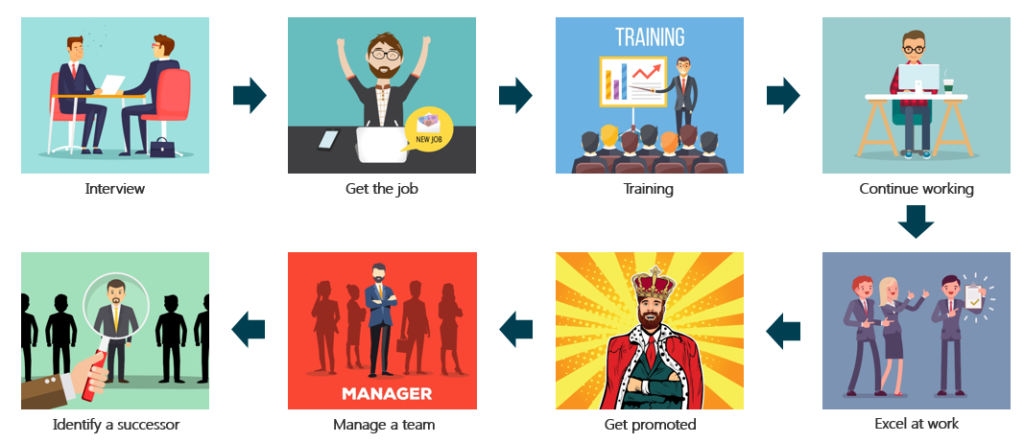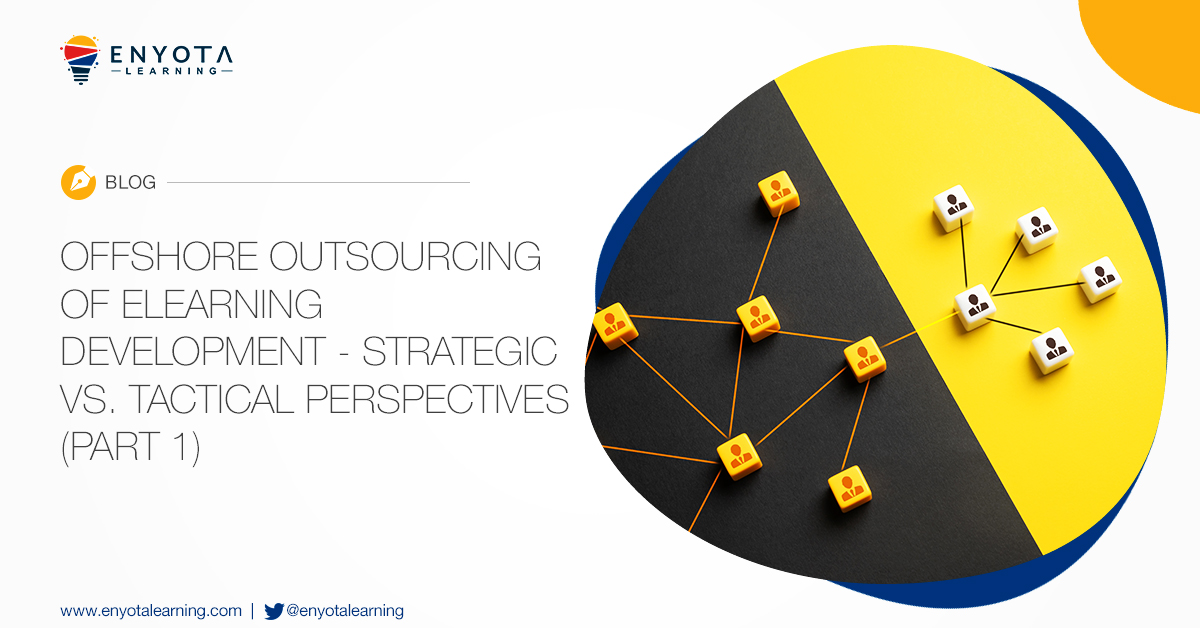When you hear about the hype surrounding corporate training and development or learning and development, you may ask if it all adds up. Well, it does. And this article takes into consideration the benefits of creating a healthy learning and development culture at your workplace.
3 Ways Learning and Development Benefits Your Organization
Your organization becomes the most sought-after employer
Without any doubt, wouldn’t this solve a big HR problem? A survey revealed that 86% of employees valued learning and development opportunities provided by their organization. Moreover, almost all of them also responded that they’d consider switching organizations if the new employer is ready to provide them with job-related training that both increase their performance and upskills them. Modern employees, especially the ones who just entering the jobs market, do not consider training and development to be additional.

In fact, they tend to migrate towards organizations known for their training and development. This changes the dynamics of hiring in a big way. Money and other benefits are taking a backseat in some cases where training and development opportunities are promised upfront to new hires. Hiring models that rely on picking up entry-level candidates to mid-level and even a few senior-level candidates can expect a great inflow of talented candidates if they decide to make training and development one of their primary offerings.
It’s a case where instead of looking for the right talent, organizations start attracting the right talent organically.
However, another survey revealed that despite the increase in demand for training, almost 52% of organizations still do not take training and development seriously. Many of these organizations do have instruments for training and development in place. But the training programs are half-hearted at most.

It creates a positive impact on new employees
New talent always expects that they are onboarded and trained when they join a new company. Training is important for new hires irrespective of how experienced they are because every organization has their own unique way of performing every task, even the most common ones like writing an email.
Writing and sending a simple email is a great example because almost all companies have their own unique way of writing both formal and informal emails meant for internal and external recipients. Imagine, if just writing a simple email can be highly tailored based on how a company operates and across companies, how many other processes differ?
Training a new employee is a big plus point and a great way to retain them. It creates a positive image in the minds of people who have just joined who may be tensed or nervous about your company’s environment and policies. But sending a positive message that outlines your intent to assist them is always recommended. Especially, when your training and development department operates like a well-oiled machine. A survey revealed that the first month at work is very important for new employees to gauge their employers. It creates a positive or negative image in the minds of employees. And, also determines how long they’d be willing to stay with an organization.
Onboarding is absolutely vital to creating a positive impact on new employees. Skipping onboarding results in talent exiting the organization within the first six months, this is a statement backed by research. And, employees with no learning and development background react adversely to changes in the work environment. Which is understandable because one, they were already not prepared appropriately for taking on a new role at your organization, and two, you have suddenly changed their work environment, further confusing them about what is really happening.
However, even a moderate amount of learning and development activities sets up new employees for a career stint that is both challenging and rewarding. Also, it makes them want to stick for longer. Such organizations will also find that their employees do not adversely react to changes and updates in workflows because of their ability to accept new information and process it better.
Vital new positions can be filled internally
Finally, organizations with an experienced L&D team which is actively engaged in developing their talent almost always look to fill their new positions internally. Through their culture of continuous learning and development options for employees to learn and grow, these organizations successfully identify and train future leaders. Additionally, they also retain their best talent by stopping them from leaving for other opportunities by allowing them to grow vertically within the organization.

L&Ds always try an upskill internal employees over hiring new talent. This way the newly promoted senior management is already versed with the company culture and you don’t have to spend more to train new talent. Moreover, having achieved a promotion by committing to the journey of training and development themselves, they are perfect advocates for upskilling and are also responsible for encouraging employees towards accepting training and development.
Concluding
It is almost certain that the benefits of learning and development are far more than just these three benefits. However, just these three benefits are more than enough incentive for most organizations to adopt learning and development, and further nurture this culture of learning and development just as they create and nurture a culture of competition and achieving goals.
We assist organizations by creating custom eLearning-based training content that is important for an organization looking to create a culture of learning and development. For more information on how we can help you, reach us at contact@enyotalearning.com or click here to know more. Interested in a learning management system? Try Abara LMS!




